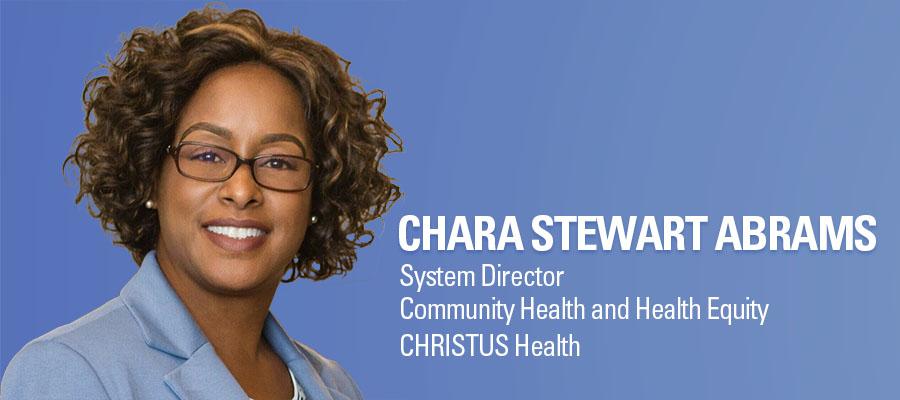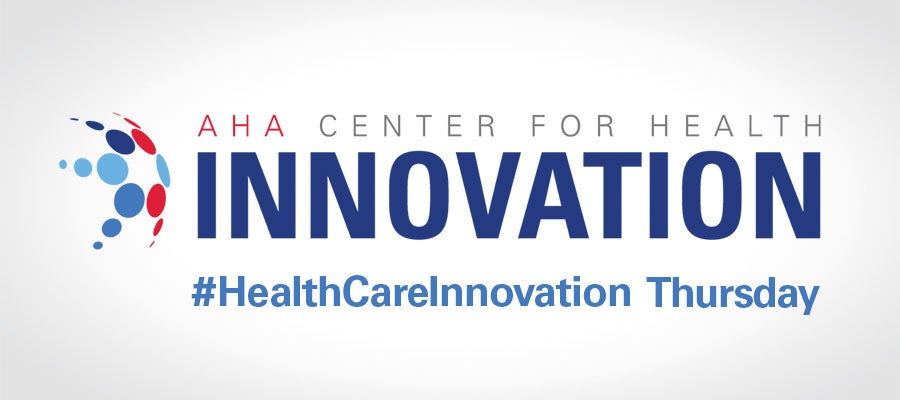When Assessing Health Assets and Needs, Employees Are Your ‘First Community’


Last month, community health leaders from across the U.S. gathered in Cleveland for the American Hospital Association’s Accelerating Health Equity Conference. One theme that was apparent in conference sessions was that hospitals and health systems are swimming in data about our patients, communities and employed populations. These data are vital to understanding the needs, assets and lived realities of those we serve. At CHRISTUS Health, we’ve found that aligning key metrics across populations is an opportunity to do more with what we already have — including aligning measures in our community health needs assessment (CHNA) with data we collect from our associates.
This week, June 5–11, is Community Health Improvement Week, a time each year when we honor the work of all those who come together in partnership to advance the health of the communities we serve and in which we reside. So it’s an appropriate time for health care organizations and community partners to share work and initiatives.
Including employee voices in the CHNA process has helped us better understand alignment and divergence between the needs of our associates and the broader community.
Building on the success of our previous CHNA process, CHRISTUS Health enhanced the current cycle by partnering with Metopio to include our first systemwide community survey and approaching it through a health equity lens. The surveys were distributed in three phases involving the community, CHRISTUS Community Impact Fund grantees and CHRISTUS associates. The system goal was 3,000 responses; we received almost 6,000.
Using the principles of the societal factors that influence health — with a specific focus on social determinants of health such as education level, income level, health insurance coverage, food security, unemployment rate and life expectancy — CHRISTUS Health identified ZIP codes with historically marginalized populations and monitored them closely during the CHNA process, to ensure that the needs of these regions were adequately assessed. The assessment process also captured demographic data that mirrors what is captured clinically such as race, ethnicity, age, preferred language, sexual orientation and gender identity, as well as payer and disability status.
As an anchor organization, we believe it is important to include our associates in the assessment — due to the unprecedented nature of life and the pursuit of justice during the pandemic, and also because our employees reside in the communities we are assessing. Further, including employee voices in the CHNA process has helped us better understand alignment and divergence between the needs of our associates and the broader community. While we are still early in this part of our journey, we have found so far that focusing on employee voices as part of the CHNA process can help prioritize:
- knowing who your employees are and understanding their lived experiences, both as employees and community members;
- developing venues and pathways for associates to more readily share immediate needs that are not commonly discussed in the workplace;
- and giving employees an opportunity to give back or contribute to the community by volunteering their skills and sharing their interests with strategically aligned community-based organizations.
We know that accelerating our progress on health equity is nonnegotiable. Using the tools available to us to better understand the needs of those we serve — including patients, community members and our associates — is an integral part of this journey. As we reflect on our roles as community health professionals and community members during this year’s Community Health Improvement Week, let’s make time to think about our commitment to our “first community” of health system employees.
Chara Stewart Abrams is system director, community health and health equity at CHRISTUS Health.

